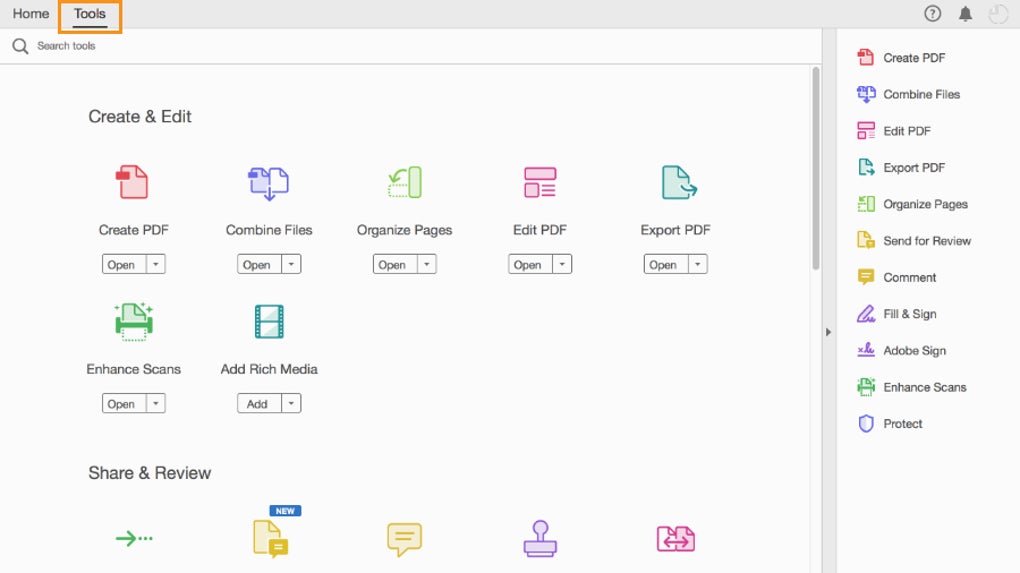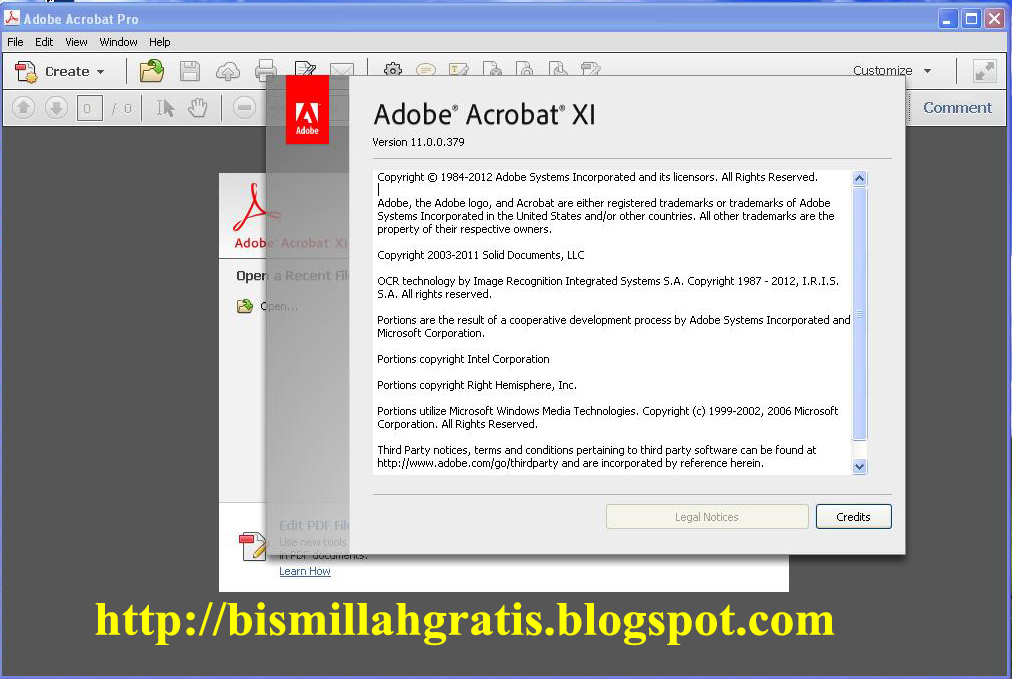

Wouldn’t it be nice to be able to ‘tag’ those documents somewhere other than in that cluttered bookmark tree? Adobe simply does not let you do this. Now, all lawyers know that when you’re reading a brief you will inevitable identify the core documents that you need to use for your argument, your consultation, or your drafting. This takes time and can become quite frustrating when there are only a couple of documents, scattered throughout the bookmark tree, that you need to access.

You can find yourself scrolling through a bookmark tree looking for the document you need. While this is an extremely useful functionality, that bookmark tree can become very crowded and, with larger PDF briefs, can become difficult to navigate. As you probably know, many e-briefs nowadays come with a ‘baked in’ bookmark tree that enables the user to quickly navigate to a particular page/document within the brief. Adobe includes a lot of features that are of no real use to lawyers, and omits some features that lawyers would find very useful.Īs examples of features that lawyers don’t need, I would cite the following:Īs to features that lawyers do need, the one major omission I have noticed is the inability to separately view contents and bookmarks. Cost of Acrobat Standard & Acrobat ProĪcrobat Standard costs €28.28/mth (or €190.80/yr if pre-paid annually) for individuals and is even more expensive, on a ‘per-seat’ basis, for organisations.*Īcrobat Pro costs €36.89/mth (or €293.64/yr if pre-paid annually) for individuals and, like Acrobat Standard, is even more expensive on a ‘per-seat’ basis for organisations.* Is this good value for lawyers? To access any kind of decent functionality for legal practice, one needs to purchase the ‘Standard’ or ‘Pro’ versions.

It has very limited functionality and in my book is virtually of no use to lawyers other than as a PDF viewer – in other words, to open and read PDFs (but not to do anything else with them). Can these features be found in other PDF software?Īdobe Acrobat Reader currently comes in three versions – ‘Acrobat Reader’, ‘Acrobat Standard’, and ‘Acrobat Pro’.Īcrobat Reader (also referred to as Acrobat DC) is the most basic version, and it’s free.


 0 kommentar(er)
0 kommentar(er)
